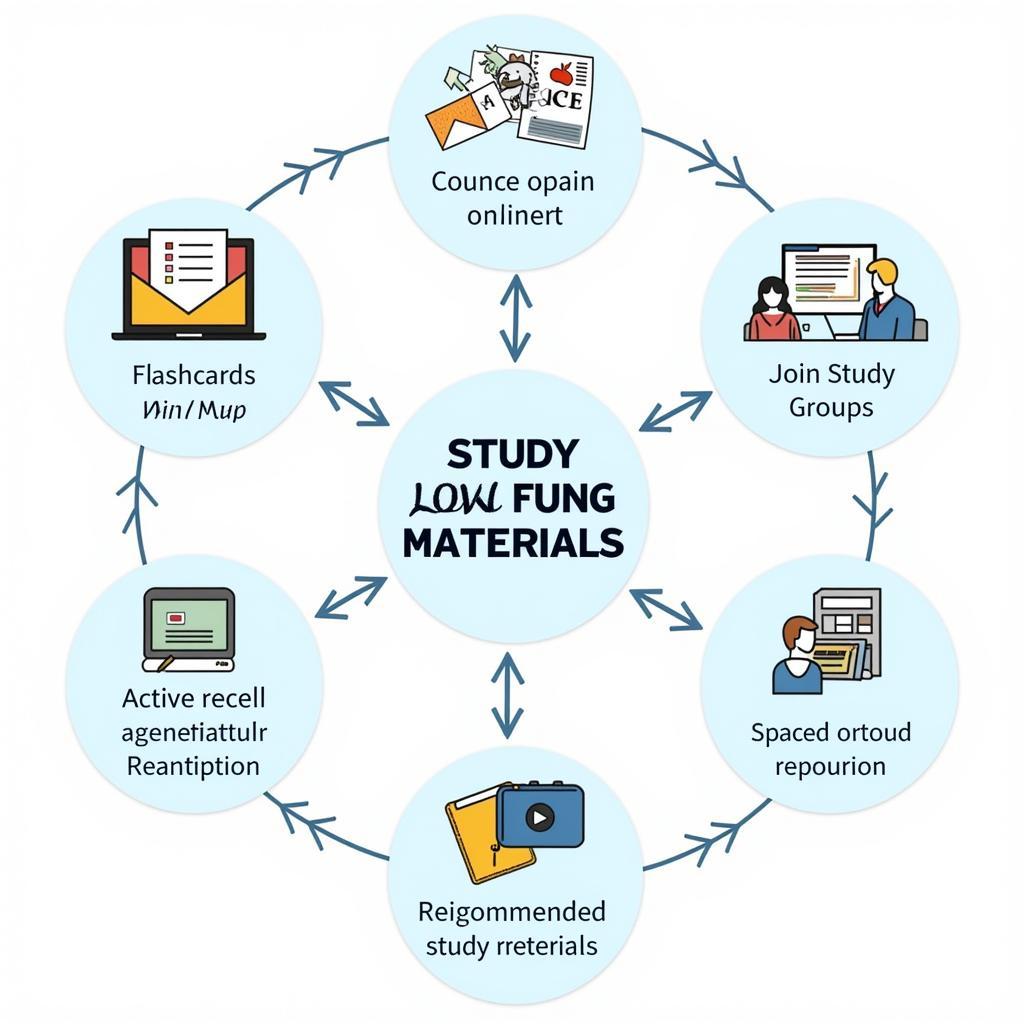Chemotherapy-induced cardiomyopathy (CIC) poses a significant challenge in cancer treatment, especially within the ASEAN region. Understanding the ASEAN guidelines regarding CIC and its management is crucial for healthcare professionals. This article explores the impact of chemotherapy on cardiac health, focusing on the ASEAN context and providing valuable insights into the latest guidelines and best practices.
Understanding Chemotherapy-Induced Cardiomyopathy (CIC)
CIC is a condition where the heart muscle becomes weakened or damaged as a result of chemotherapy drugs. This can lead to a range of symptoms, from shortness of breath and fatigue to more serious complications like heart failure. Early detection and management are essential for mitigating the risks associated with CIC.
Risk Factors for CIC in the ASEAN Population
While general risk factors for CIC are similar across populations, specific factors prevalent in the ASEAN region might influence susceptibility. These include genetic predispositions, prevalent comorbidities like diabetes and hypertension, as well as access to healthcare resources and adherence to treatment protocols. Understanding these nuances is critical for effective management of CIC in the ASEAN context.
ASEAN Guidelines and Recommendations for CIC
The ASEAN region is actively working towards establishing standardized guidelines for the prevention, diagnosis, and management of CIC. These guidelines emphasize early detection through cardiac monitoring before, during, and after chemotherapy. Recommendations often include baseline and periodic echocardiograms, electrocardiograms (ECGs), and cardiac biomarker assessments.
Implementing ASEAN CIC Guidelines in Clinical Practice
Implementing these guidelines requires a multidisciplinary approach involving oncologists, cardiologists, nurses, and other healthcare professionals. Effective communication and collaboration are key to ensuring that patients receive comprehensive cardiac care throughout their cancer treatment journey.
Managing Chemotherapy-Induced Cardiomyopathy
Managing CIC involves a combination of strategies aimed at minimizing cardiac damage and optimizing heart function. These may include adjusting chemotherapy regimens, prescribing cardioprotective medications, and implementing lifestyle modifications.
Lifestyle Changes and Supportive Care
Lifestyle changes such as regular exercise, a heart-healthy diet, and stress management techniques can play a significant role in supporting heart health during and after chemotherapy. Furthermore, patient education and support groups can empower individuals to actively participate in their care.
 Lifestyle Changes for CIC Management
Lifestyle Changes for CIC Management
Conclusion
ASEAN guidelines and recommendations regarding chemotherapy-induced cardiomyopathy are vital for improving patient outcomes in the region. By emphasizing early detection, comprehensive management, and collaborative care, healthcare professionals can effectively address the cardiac risks associated with cancer treatment. Through continued research, education, and advocacy, we can strive towards minimizing the burden of CIC and enhancing the quality of life for cancer patients within the ASEAN community.
FAQ
- What are the early signs of chemotherapy-induced cardiomyopathy?
- How often should cardiac monitoring be performed during chemotherapy?
- What are the treatment options for CIC?
- Can CIC be reversed?
- What lifestyle changes can help manage CIC?
- Are there specific ASEAN guidelines for CIC?
- Where can I find more information about CIC support groups in ASEAN?
For support, please contact Phone Number: 0369020373, Email: [email protected] Or visit us at: Ngoc Lien Village, Hiep Hoa, Bac Giang, Vietnam. We have a 24/7 customer support team.

